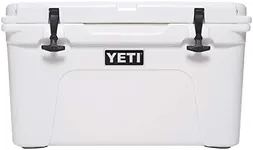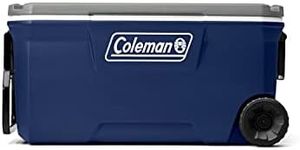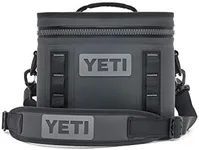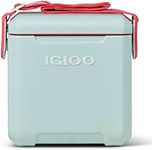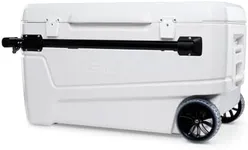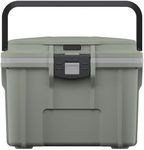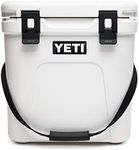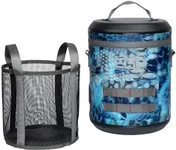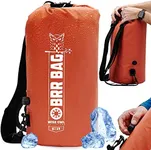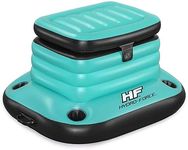Buying Guide for the Best Outdoor Coolers
Choosing the right outdoor cooler can make a significant difference in your outdoor adventures, whether you're camping, tailgating, or just enjoying a day at the beach. The right cooler will keep your food and drinks cold for extended periods, be easy to transport, and durable enough to withstand the elements. Here are some key specifications to consider when selecting an outdoor cooler and how to navigate them to find the best fit for your needs.CapacityCapacity refers to the amount of space inside the cooler, usually measured in quarts or liters. This spec is important because it determines how much food and drink you can store. Small coolers (up to 20 quarts) are great for day trips or personal use, medium coolers (20-50 quarts) are suitable for small groups or weekend trips, and large coolers (50+ quarts) are ideal for extended trips or larger groups. Consider how many people you need to cater to and the duration of your trips when choosing the capacity.
Ice RetentionIce retention indicates how long a cooler can keep ice frozen, which directly affects how long your items stay cold. This is crucial for longer trips where access to ice may be limited. Basic coolers may retain ice for a day or two, while high-performance coolers can keep ice for up to a week or more. If you plan on longer outings or need to keep items cold for extended periods, opt for a cooler with higher ice retention capabilities.
DurabilityDurability refers to how well the cooler can withstand rough handling and harsh outdoor conditions. This is important because a durable cooler will last longer and protect your contents better. Coolers made from rotomolded plastic are generally the most durable, while those made from thinner plastic or fabric are less so. If you expect your cooler to endure a lot of wear and tear, choose one with a robust construction.
PortabilityPortability is about how easy it is to transport the cooler. This includes the weight of the cooler when empty, the presence of wheels, and the design of the handles. Lightweight coolers or those with wheels are easier to move, especially when fully loaded. If you need to carry your cooler over long distances or rough terrain, look for one with sturdy wheels and comfortable handles.
InsulationInsulation quality affects how well the cooler maintains its internal temperature. This is important for keeping your items cold for as long as possible. Coolers with thicker walls and lids generally have better insulation. If you need to keep items cold for extended periods, choose a cooler with high-quality insulation.
Additional FeaturesAdditional features can enhance the functionality and convenience of a cooler. These may include built-in bottle openers, cup holders, dry storage compartments, and drain plugs. While not essential, these features can make your outdoor experience more enjoyable. Consider which additional features would be beneficial for your specific needs and choose a cooler that offers them.

